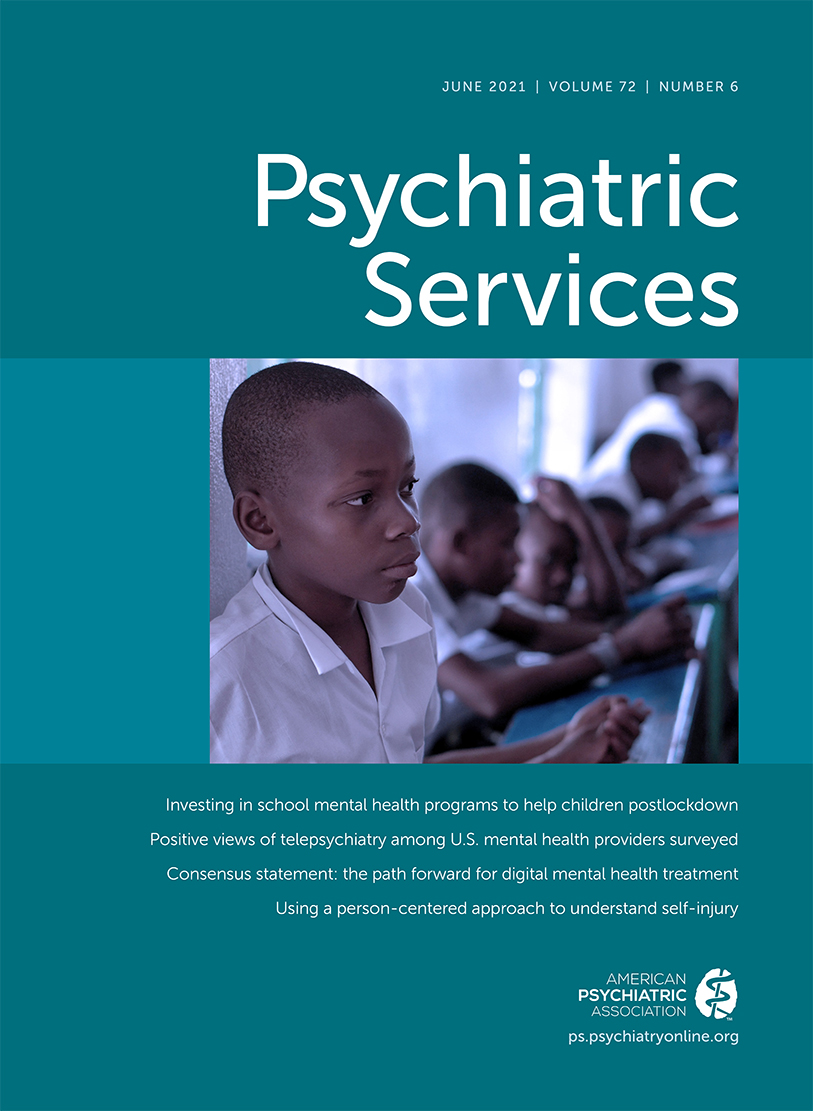Barriers to and Facilitators of Implementing Peer Support Services for Criminal Justice–Involved Individuals
Abstract
Objective:
This study sought to examine perceived barriers to and facilitators of the adoption, implementation, and sustainability of community-based mental health peer support services for criminal justice–involved individuals, also known as “forensic peer support” (FPS).
Methods:
Qualitative interviews were conducted with stakeholders (N=14) and peer specialists (N=37) to better understand delivery of peer support services for justice-involved individuals in Pennsylvania. Thematic analysis followed by directed content analysis was used to identify factors in three a priori implementation categories based on the RE-AIM (Reach, Effectiveness, Adoption, Implementation, Maintenance) model: initial facilitators (adoption), barriers (implementation), and facilitators (maintenance) to long-term sustainability.
Results:
Initial service adoption was facilitated by buy-in from recovery-oriented gatekeepers in the criminal justice system. Unique implementation barriers included the chasm between the orientations of the two systems (recovery vs. punitive) and formal and informal limitations on the employment of individuals with criminal justice system exposure. For services to be sustainable and have an impact over the long term, FPS advocates and workers must develop rapport with on-the-ground employees of the criminal justice system. Funding barriers specific to the criminal justice system limited the adoption, implementation, and maintenance of FPS services.
Conclusions:
Although many of the factors that affect FPS service implementation were similar to those identified in the broader peer support literature, important differences must be addressed for successful FPS service delivery. Within the criminal justice system, both policies and norms presented barriers to the expansion of peer support services for justice-involved individuals.



